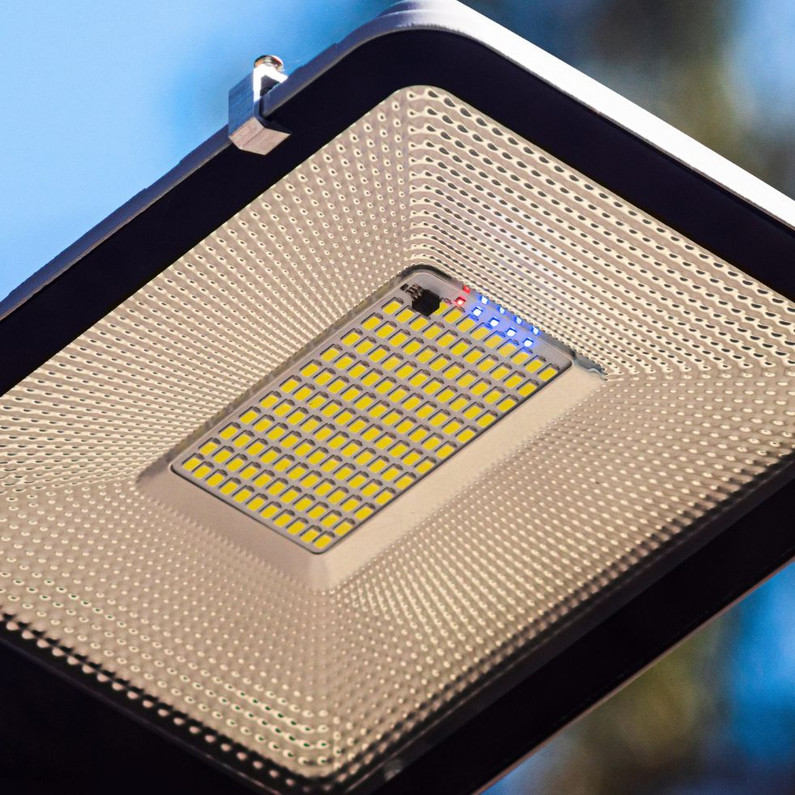What Are LED Light Distribution Patterns?
Different lightbulbs serve vastly different purposes. You may want to focus on a specific spot to highlight a target, while other lights may cast a general glow and illuminate a small area. Induction Lighting Fixtures is here to shed some light on the topic if you’re wondering what LED light distribution patterns are, and how they can positively affect your surroundings.
What Are Light Distribution Patterns?
As the name suggests, light distribution patterns refer to how different bulbs aim or direct light to their surroundings. The formation or distribution of the illumination is the light distribution pattern, whether the light travels in a straight line or makes more of a downward cone shape. Because of the electronic nature of the diodes found in LED lights, it’s often easier to create more common patterns and use them in a professional or commercial setting.
Most Common Distribution Patterns
We use five main patterns in our professional lighting fixtures if you’re wondering what our LED light distribution patterns are. Some of these patterns have variations, but most fall under one of the following:
Type I
Type I light distribution patterns are long and skinny. This pattern travels left and right of the light bulb without providing much illumination in front of or behind the fixture itself.
Type II
Type II distribution patterns are like Type I, but the light moves slightly more diagonally. This pattern helps create more of an elongated oval shape, providing some illumination to the front and back alongside the horizontal path.
Type III
Type III patterns are some of the most common and create an oblong oval shape that pushes the light forward from the source. It typically doesn’t stretch out as far as Type II but provides more frontal light options and creates a distinctive shape that’s beneficial when covering specific areas.
Type IV
Type IV light distribution patterns are almost identical in shape to Type III. The most significant difference is that the light provides even more front-facing light from the fixture by sacrificing some of the horizontal widths of the pattern.
Type V
Type V is almost a perfect circle of light that shines downward and uses the fixture as a center point. It’s most effective when you need 360 degrees of light in a surrounding area.
Practical Applications of Distribution Patterns
Different light patterns serve very distinct purposes. For example, Type III light patterns are very popular for wall-mounted lights or parking lots. Type II lights help illuminate highways or surface streets. Understanding the direction that the light moves make it easier to decide which pattern type you need for different situations.
Induction Lighting Fixtures is here to help you learn more about the benefits of LED lights. We have an online catalog with LED replacement parking lot lights and different patterns for any professional job. Don’t hesitate to contact us anytime for more details on which bulbs work best for your commercial needs. A member of our team will be happy to assist you.
Recent Posts
-
Spotlight - The IL-SPG54 Smart Solar Walkway Light: Where Performance Meets Simplicity
Introducing the IL-SPG54 Smart Solar Walkway Light: Where Performance Meets Simplicity When it comes …Jun 16th 2025 -
Corn Bulb Sale - While supplies last!
⚡ Limited Time Sale – BLE Series Corn Lamps Starting at $24.99! Stock up now while supplies la …Jun 11th 2025 -
Dark Sky Lighting in Breckenridge Colorado. Can I retain my existing fixture and still comply with the new Rules?
Breckenridge Colorado Dark Sky lighting has been a focus of ours for the last year. All resid …May 2nd 2025






